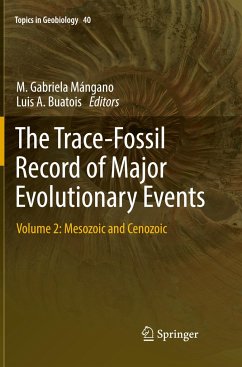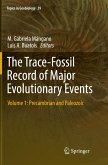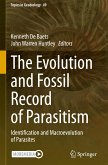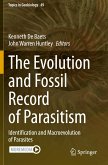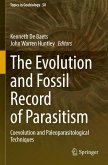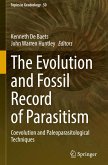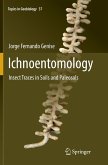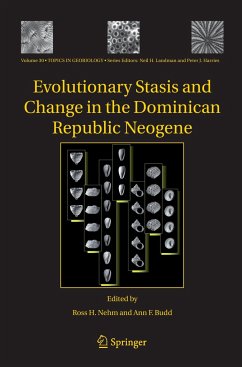This volume addresses major evolutionary changes that took place during the Mesozoic and the Cenozoic. These include discussions on major evolutionary radiations and ecological innovations on land and at sea, such as the Mesozoic marine revolution, the Mesozoic radiation of vertebrates, the Mesozoic lacustrine revolution, the Cenozoic radiation of mammals, the evolution of paleosol biotas, and the evolution of hominins. The roles of mass extinctions at the end of the Triassic and at the end of the Cretaceous are assessed.
This volume set provides innovative reviews of the major evolutionary events in the history of life from an ichnologic perspective. Because the long temporal range of trace fossils has been commonly emphasized, biogenic structures have been traditionally overlooked in macroevolution. However, comparisons of ichnofaunas through geologic time do reveal the changing ecology of organism-substrate interactions. The use of trace fossils in evolutionary paleoecology represents a new trend that is opening a window for our understanding of major evolutionary radiations and mass extinctions. Trace fossils provide crucial evidence for the recognition of spatial and temporal patterns and processes associated with paleoecologic breakthroughs.
This volume set provides innovative reviews of the major evolutionary events in the history of life from an ichnologic perspective. Because the long temporal range of trace fossils has been commonly emphasized, biogenic structures have been traditionally overlooked in macroevolution. However, comparisons of ichnofaunas through geologic time do reveal the changing ecology of organism-substrate interactions. The use of trace fossils in evolutionary paleoecology represents a new trend that is opening a window for our understanding of major evolutionary radiations and mass extinctions. Trace fossils provide crucial evidence for the recognition of spatial and temporal patterns and processes associated with paleoecologic breakthroughs.
"The two volumes of The Trace-Fossil Record of Major Evolutionary Events cover trace fossils and the nature of the behavior of past organisms to an amazing degree and go well beyond singular evolutionary events. ... The books are a great resource for both seasoned academics and those who are just starting to learn about the whole range of fossil types ... ." (Michael Meyer, The Quarterly Review of Biology, Vol. 93 (1), March, 2018)
"The book is proof that ichnology with its solid theoretical framework and sufficient methodological tools can deliver clues and also answer evolutionary questions, or may provide decisive puzzle-pieces in the reconstruction of Earth's history of life. The extensive references to mainly recent literature for each chapter are clearly one of the strong points of the book. ... The two-volume book is considered essential for each geoscientific library ... ." (Lothar H. Vallon, Zentralblatt für Geologie und Paläontologie, Iss. 2, 2017)
"The book is proof that ichnology with its solid theoretical framework and sufficient methodological tools can deliver clues and also answer evolutionary questions, or may provide decisive puzzle-pieces in the reconstruction of Earth's history of life. The extensive references to mainly recent literature for each chapter are clearly one of the strong points of the book. ... The two-volume book is considered essential for each geoscientific library ... ." (Lothar H. Vallon, Zentralblatt für Geologie und Paläontologie, Iss. 2, 2017)

